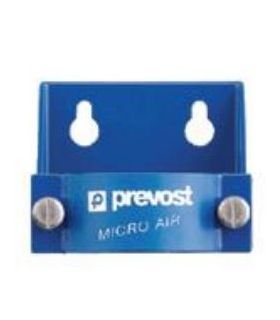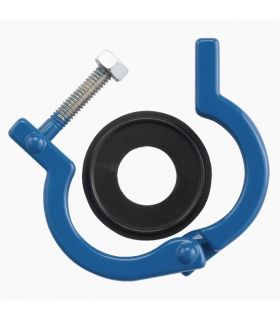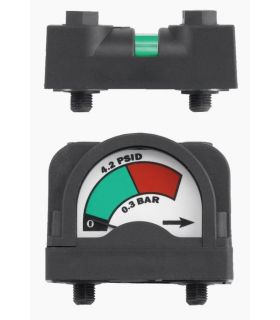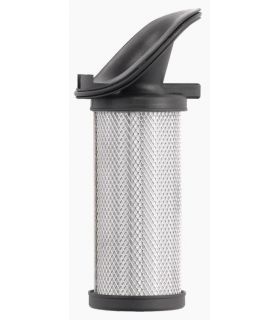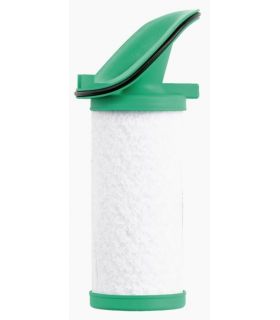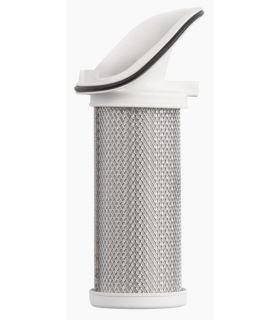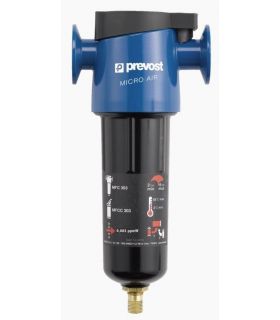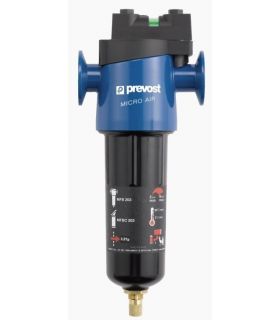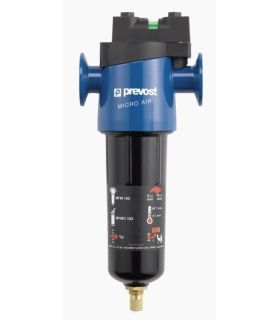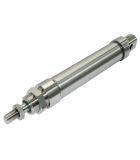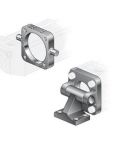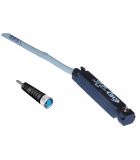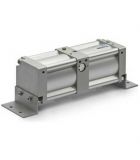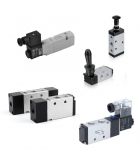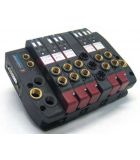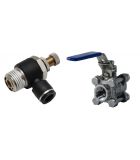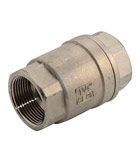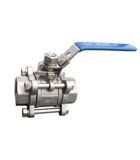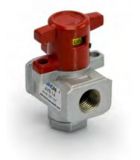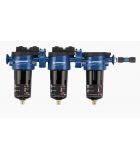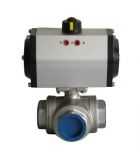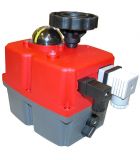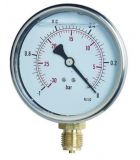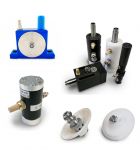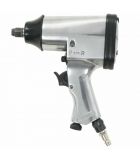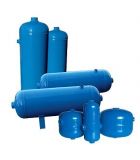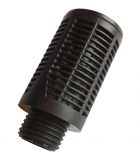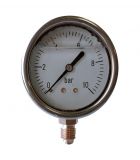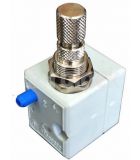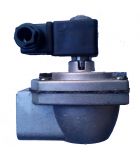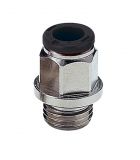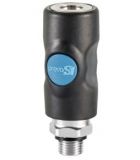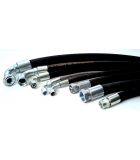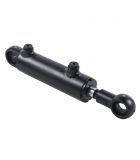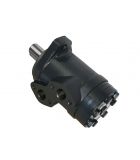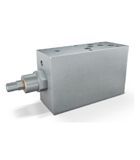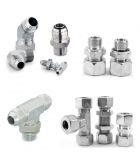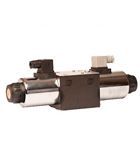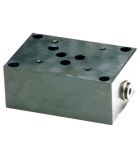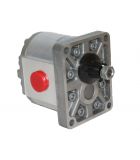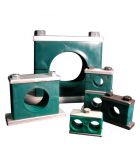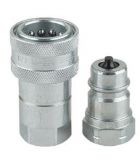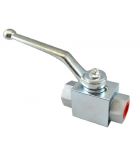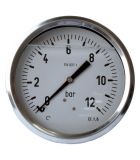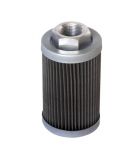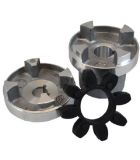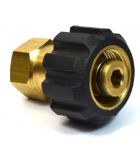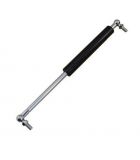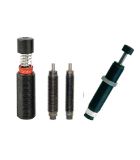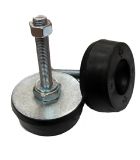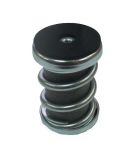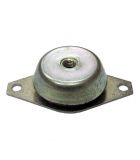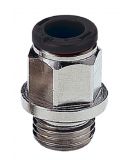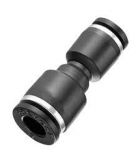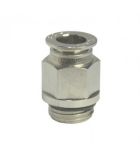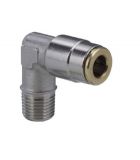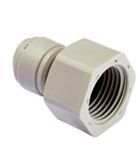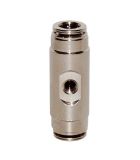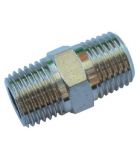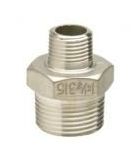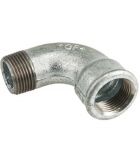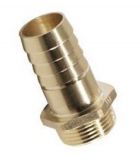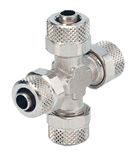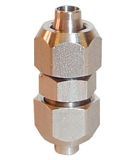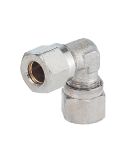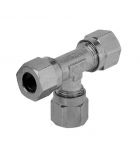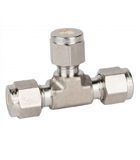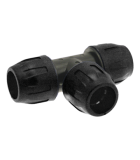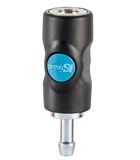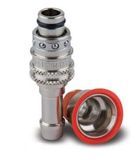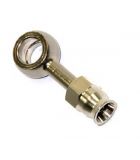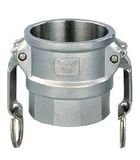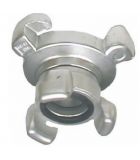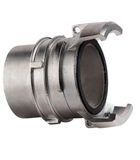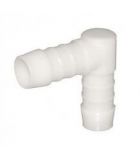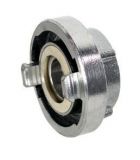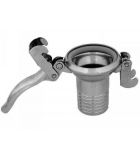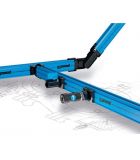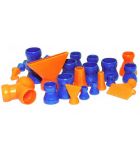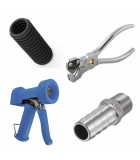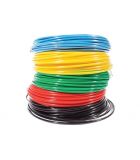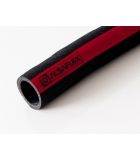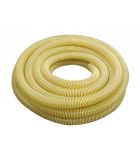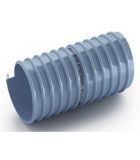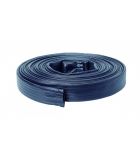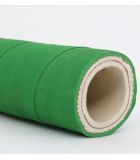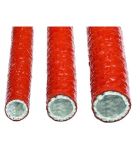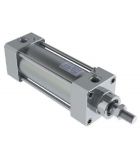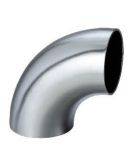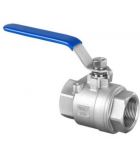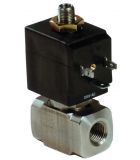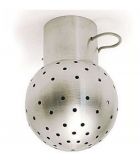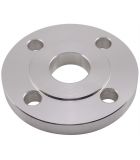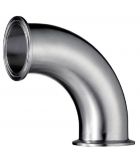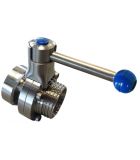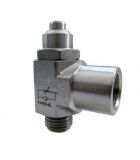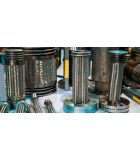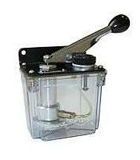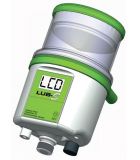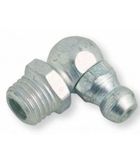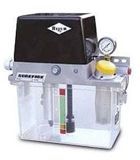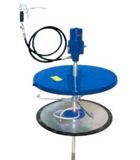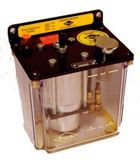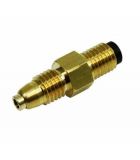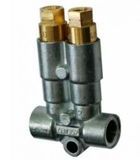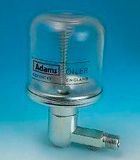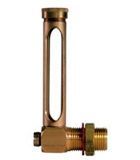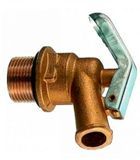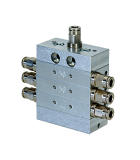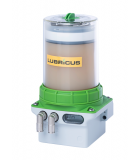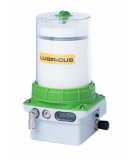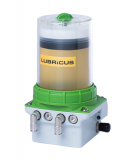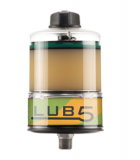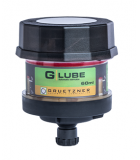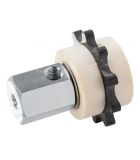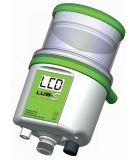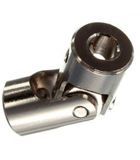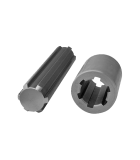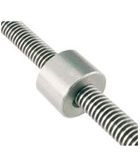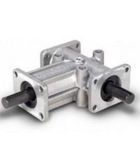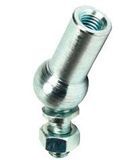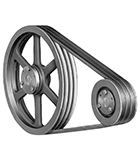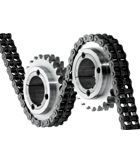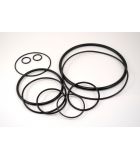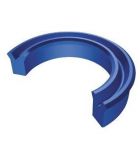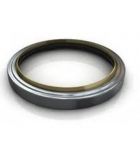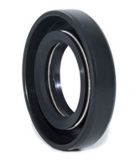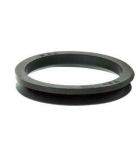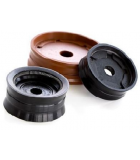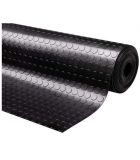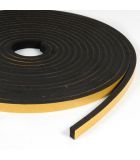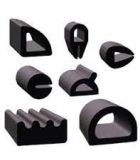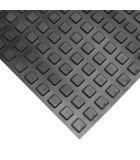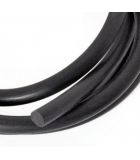PREVOST SUBMICRONIC COMPRESSED AIR FILTERS
Submicron compressed air filters
Air filters are one of the essential elements in the treatment of industrial compressed air and must be cared for with special care. Its mission is to clean the compressed air of any impurities it may have. The compressed air generated by the compressor passes through the industrial air filter and the solid particles are retained by the different layers that form the filter, while the water droplets received by the filter are eliminated by the purging devices located at the bottom. of the filter.
One cubic meter of compressed air contains more than one hundred million dirt particles, considerable amounts of water and oil, viruses and bacteria, and even particles of heavy metals such as lead, cadmium and mercury. If the compressed air is not filtered, the trouble-free operation of system components such as valves or cylinders cannot be guaranteed in the medium or long term. For example, poorly treated compressed air can contaminate control valves and cause seals to swell and wear prematurely.
Filters play an important role in the compressed air treatment process. Depending on the application, strict purity standards require the removal of a wide variety of contaminants, including hydrocarbon aerosols and vapors.
Impurities found in compressed air can come from different sources. With the sucked air, dust or pollen existing in the ambient air can penetrate, while a tank or the pipes of the general network that corrode over time can contribute harmful particles and contaminants to the already compressed air. Aerosols and oil vapors are due in most installations to the use of lubricated compressors and must be filtered before final use.
In urban ambient air and in industrial areas there is also an average concentration of hydrocarbons between 0.03 and 0.10 mg/m3, considering an average value of 0.05 mg/m3, so there will be hydrocarbons in the air. aspirated by the compressors and therefore will also be found in the compressed air, even if the compressors are oil-free.
Depending on the compressed air applications, there are different requirements for its purity. The presence of contaminants must be limited, and cannot exceed acceptable levels, depending on the application, to avoid damage to equipment or production processes. In compressed air filtration systems we have verified installation errors on numerous occasions, such as incorrectly mounted filters, incorrectly sized filters, or filters installed in the wrong place. The user of a compressed air installation must understand the importance of placing the appropriate filters in their installation.
A poorly designed or poorly installed filtration system can cause costs and technical problems, such as excessive pressure drops or rapid saturation of the filter elements.
Types of filters
There are different types of filters depending on the type of filtration, depending on the materials and structure of the filter elements. Within the different categories of filters for compressed air are the following: ceramic filters, water separating filters, coalescing filters of different degrees of filtration, active carbon filters and towers, and sterile and steam filters.
- Ceramic Filters: Ceramic filters are used with reciprocating piston compressors, where there is poor compressed air quality. The filter elements are ceramic spark plugs and their filtering capacity is greater than 5 microns. Since the introduction of rotary screw compressors years ago, replacing reciprocating piston compressors, this type of filter has been disappearing from compressor rooms.
- Water Separator Filters: Water separator filters are used to eliminate large amounts of condensate, such as that generated in the aftercoolers of compressors caused by the cooling of compressed air. These filters in most cases do not have filter elements, the condensate being separated mechanically by circulating the compressed air through a centrifugal diffuser that causes its precipitation at the base of the filter to be eliminated later.
- Coalescing Filters: Coalescing filters are mainly used to remove particles and hydrocarbons according to their filtration degree, although they also remove part of the humidity from compressed air. Its particle filtering capacity ranges from 5 microns to 0.01 microns, and for hydrocarbons from 3 mg/m 3 to 0.005 mg/m 3. The filter elements are made of borosilicate microfiber and polyester materials. In coalescing filters, particles, water and hydrocarbons adhere by coalescence to the fiber of the filter element, forming increasingly larger droplets that fall towards the base of the filter, being subsequently eliminated. When the filter element becomes saturated it must be replaced to avoid pressure losses that cause greater energy consumption.
- Activated Carbon Filters and Towers: activated carbon filters and towers are used for the elimination of hydrocarbon vapors and odors. Its filtration capacity is for a residual oil content of up to 0.003 mg/m 3. Activated carbon filters and towers must be preceded by coalescing filters to prevent them from becoming saturated quickly. The filter elements have active carbon on their surface to retain and eliminate hydrocarbons from compressed air, while the towers have active carbon inside as an adsorbent material. In the latter, a rear particle filter must always be installed to retain any possible activated carbon dust that could come out with the compressed air.
For the recycling and evacuation of accumulated elements and water, purges are used. These are the types:
- Manual: Condensate is drained manually by opening the petcock located at the base of the housing. This type of purge is usually mounted on filters located in points where moisture should not reach due to the previous treatment, such as activated carbon filters or particle post-filters, which is why they require regular checks for the existence of condensate.
- Semi-automatic: this type of drain is normally closed when the filter is under pressure. When the pressure in the filter is reduced to ambient pressure, the filter opens, purging the condensate. This type of purge is usually installed in filters located in the installation intakes or in the purge downpipes of the general network.
- Buoy or float: this type of drain is automatic and acts mechanically. As there is condensate at the base of the filter, the buoy or float rises, allowing the condensate to escape, creating a rear seat to close it. The drawback of this type of filter is that if there are particles or dirt at the base of the housing, the closure will not occur correctly, causing compressed air leaks with consequent losses.
- Timed: this type of drain is automatic, requires electrical power and acts on a timed basis. Timing is carried out by regulating the opening time of the purge and the time interval between purges. The problem with this type of purge is that it is difficult for the purge to coincide with the actual moment in which it should occur, so usually either all the condensate is not purged, or what we will have are losses due to compressed air leaks if we want to ensure a complete purge.
- Capacitive: this type of drain is automatic, with a drain system through electronic level regulation, requiring electrical power. This purge system is the most effective in preventing losses of compressed air. These drains have a capacitive level sensor inside a container where the condensate is deposited. When the container is filled, the level sensor sends a signal to the electronic controller to open the outlet pipe and evacuate the condensate. Some capacitive purge models incorporate a management system that monitors the useful life of the filter element.

